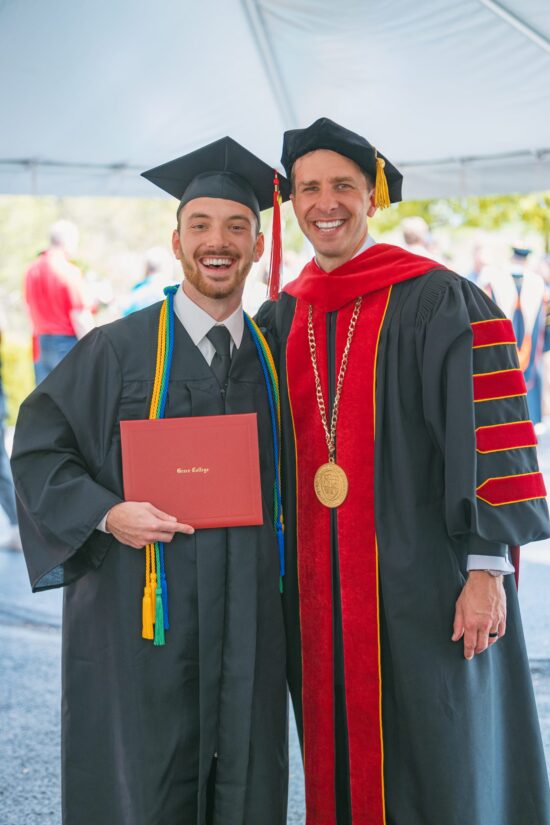Are you a nonprofit leader, board member, or executive director? Are you looking for new community outreach programs through your nonprofit? Do you have a strategy to do so? Read on to find out about some of the best community outreach strategies for nonprofits.
“As a nonprofit organization, it is important to be engaged and relevant to the community that you are located in,” said Forbes. “By becoming an active member in the local area, not only can you increase the recognition of your organization, but you can also meet the people that make up the very community you operate in.”
The community constitutes a large portion of an organizations’ volunteers and donations. One report found that 23.5 percent of adults volunteer with an organization, which amounts to 8.7 billion volunteer hours a day. Private charitable donations account for 13.3 percent of a nonprofit’s revenue, which is often found locally and amounts to the third-largest revenue source for these organizations.
Strategies that integrate community outreach programs are much more likely to get the volunteers and donations they need.
What Is Community Outreach?
Community outreach programs refer to efforts that connect an organization’s ideas or practices to the public. Unlike marketing, which is focused on products or strategies that increase market share, outreach takes on an educational component that engages the community. Outreach strategies are linked to the organization’s mission.
Outreach Strategies for Nonprofits
Forbes presented ways nonprofits can better engage with their communities.
- Encourage Conversation: Having discussions with a wide range of stakeholders allows you to find opportunities that align with what they say matters to them. This leads to deeper relationships.
- Participate in Local Events: Festivals and community events that involve local businesses are great places to set up a booth and interact with the community. It also raises awareness, provides a face for your organization and allows you to share takeaway content to help people you meet remember you and visit websites/social profiles to learn more.
- Be a Partner for Your Community: A key to engaging local communities is understanding the issues that affect them the most. The community must view you as a partner that will be there for the long term with their concerns in mind.
- Target Leaders and Influencers: Target the leaders and influencers working on the ground. Provide value to them first before trying to get an insider recommendation, which will always carry more weight.
- Host Events, Trainings, and Seminars: Make effective use of office space and allow staff to practice their pitches and teach the community about what they do best.
- Create Mutually Beneficial Opportunities: Other people need to feel fulfilled for their efforts. Be sure to learn what is important to them and what will make them proud.
Nonprofits can also look at email marketing and social media marketing that is tailored to an organizations’ goals. These channels can be powerful for community outreach and staying connected to them.
Community Outreach Programs
The Wisconsin Education Association Council (WEAC) approaches community outreach by building relationships and partnerships within the community. Every day, conversations occur with WEAC members and parents, students, caregivers and public agencies.
In order to build a stronger relationship, it is important for our communities to know who we are and what we are about. We do not want the public to see us only when demanding higher salaries or urging the school board to pass the budget. What we need is ongoing visibility in our communities so that when we do reach out to them, it is not only during a crisis. Communities have to see more of who we are and what we are about.
The WEAC offers tips on how it builds community relationships, conducts house meetings and more.
Another example of a community outreach program is the Race and Social Justice Initiative from the Seattle Office for Civil Rights. The policy aims to end racism in city government and promote multiculturalism. It is rooted in three guiding principles: enhancing relationships and engagement, enriching knowledge-gathering, and embracing organizational change.
Pursuing a Career in Human Services or Nonprofit Management
A career in nonprofit work is a complex and involved vocation. Grace College is here to help. Grace’s online Master of Nonprofit Management degree equips students with the knowledge and skills to succeed.. Rooted in Christian servant leadership, the program helps graduates apply their faith to careers in nonprofit management.
Looking for an undergraduate degree with similar concepts? Our online Bachelor of Human Services degree completion program will be a great fit for you!
Both programs take place in a fully online learning environment, allowing students the flexibility to complete coursework alongside personal and work responsibilities.




